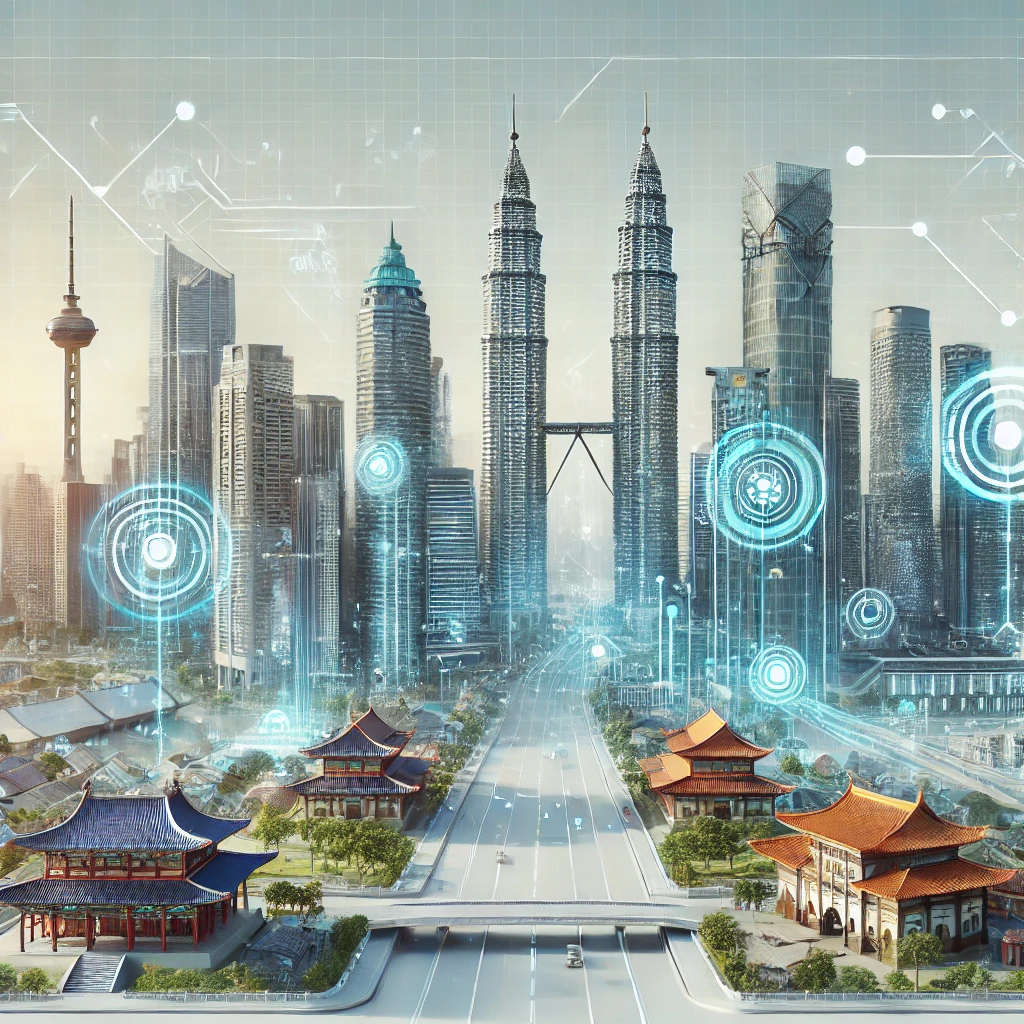
By Peter Marrs
AI is advancing rapidly and profoundly impacting businesses and the broader economy. Its far reaching effects are transforming industries, and it’s hard to predict every aspect of its reach. That makes for an exciting time in our history, and we are at the forefront of an industrial revolution.
So, whilst caution might be a natural response, whether they like it or not, every company will eventually become an AI company. It’s everywhere around us – customers, partners and supply chain will also be an AI company or organisation. This momentum is intense in Asia, and fast progress towards AI readiness and deployment means businesses here must also be ready much sooner.
Why is there momentum in Asia? The same reasons the region has often been at the forefront of innovation. National agendas and economic commitment to innovation which are now focusing more on AI.
Take Singapore with the announcement of over S$1 billion of investment in AI over the next five years. Or in Australia, where A$41.2 million has been committed, focused on responsible AI. There is the population size and talent pool, and the vast amount of data or “data gravity”.
The prevalence of digitally native businesses also creates a great runway for the emergence of AI enabled businesses. With this, comes higher expectation to deliver on an AI strategy and move to AI impact.
AI regulation and governance, closely linked to data regulations, is a risk factor and important barrier to businesses achieving AI-driven impact. KPMG names it a top business risk for 2024 and beyond in Asia, its research cites “governance gaps”.
Data regulations and governance has long been a challenge before the emergence of AI, and now the two must be considered together, since AI or GenAI devours data.
In Asia in particular where there is a diverse regulatory landscape, AI regulation challenges will have more of an impact on data regulation and vice versa. This is a challenge that the entire ecosystem around AI must address together – businesses, industry bodies, nations, think tanks, partners and vendors, all must contribute to the discussion and standard setting. As we move rapidly into a world of AI outcomes and the reality of AI in our businesses, this ecosystem relationship plays a key role.
Our region is moving to AI deployment and tangible outcomes, with growth trajectories estimating that investment and spend in Asia to far surpass that of other regions in the long-term. IDC reported that “Asia Pacific organisations lead in prioritising GenAI investments”.
In the context of this reality, what is the route to AI reality that businesses should take?
- Build on experience. Focus on deployment using pre-validated designs, blueprints and best practice to navigate this increasingly complex landscape. The industry is busy creating new working models, architectures, recommended layering of stacks, finding better ways to make different platforms or technologies work together, creating established workflows linking business outcomes to technology investment. Take advantage of the wealth of information available and the innovation that is already happening, there is no need to start from the beginning.
- Enablement through data. The success of AI has always, and always will be, heavily reliant on data strategy – given AI is applied to data, it’s a case of having good governance and a data management strategy that is optimised for what you are going to ask of it. The AI landscape is driving organisations to ensure they have robust data strategies more than ever before. This must be a long-term view that works with nearer term AI linked goals.
- Ecosystem is key – beyond the experience the ecosystem can offer, a key element of the ecosystem is addressing knowledge gaps, and challenges linked to skills and talent. In the future, we will see skillsets present in the enterprise such as the emergence of the chief AI officer, and some level of knowledge and skillset linked to AI across the entire workforce, across departments and experience levels.
But in the meantime, the ecosystem helps to fill knowledge gaps and address those challenges where the organisational structure hasn’t already caught up.
In the context of the fast pace of change, needs will also evolve quickly, so the concept of training or recruiting is just too slow for businesses to see results as fast as they are expected.
Having said that, the assessment of the current skillset and other business gaps is a skillset in its own right and a blind spot organisations would do well to avoid.
Open ecosystem is also a key tenet of IT infrastructure that will be fit for purpose long-term, while the business context evolves, with data growth and a complex regulatory environment, an open ecosystem provides the crucial flexibility and interoperability, whilst the AI industry landscape also continues to evolve.
The pressure to deploy will prevail but the good news is that the industry and ecosystem will also drive us to real impact and business outcomes.
Although there are real barriers that need dedicated consideration and collaboration to address, there is expectation and more importantly the capability for Asia’s businesses to reap real rewards from AI in the near-term. We have moved from if but when, and we are ready for it.

















